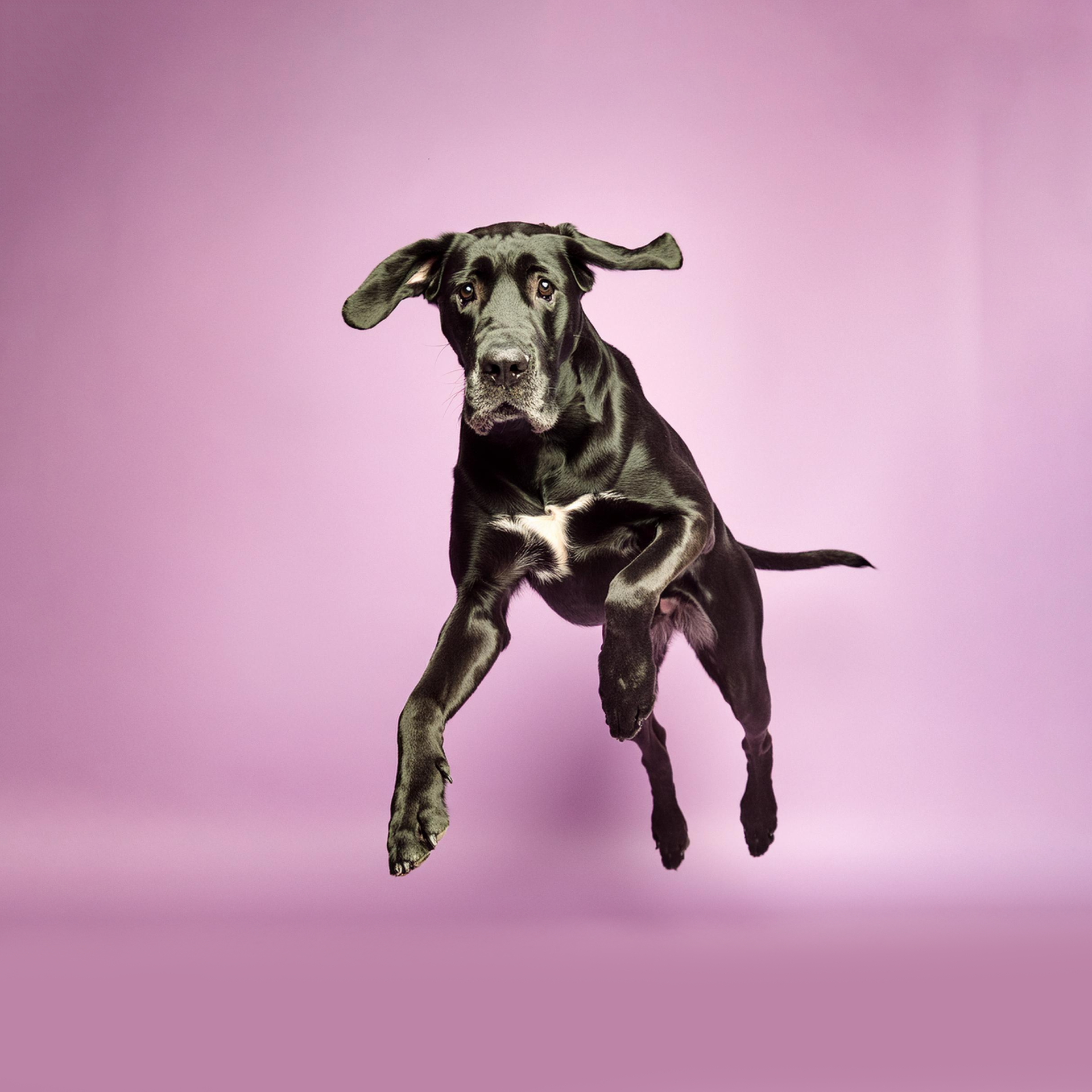Hip Dysplasia
Hip dysplasia refers to partial or complete loss of the hip joint. Hip dysplasia can cause bone wear and tear and pain associated with this process. Most companion animals have hip dysplasia from birth. Therefore, if the disease is diagnosed at an early stage, you can easily correct the problem. In other cases, surgery may be needed to reposition the bones.
Although genetics play an important role in the development of this disease, maintaining a healthy weight is especially important to reduce stress on the joints.
Dilated Cardiomyopathy
Dilated cardiomyopathy is a heart muscle disease that causes the left ventricle to widen and thicken. The disease causes irregular heartbeats, blood clots, and sudden death. Dilated cardiomyopathy can be caused by genetics, diabetes, congenital heart disease, or bacterial, viral, fungal, or parasitic infections.
The disease is often accompanied by fatigue, heart failure, decreased ability to exercise, swelling of the legs, and abdominal pain. If these symptoms occur, consult a veterinarian immediately. Early diagnosis of dilated cardiomyopathy will help you fight the disease effectively.
Hereditary Myopathy
Myopathy develops as a result of improper functioning of muscle tissues and causes physical weakness. Targeted treatment of the disease may include massage, surgery, drug or physical therapy.
High-quality food rich in vitamins will significantly contribute to the proper development of the dog’s muscles and strength. To avoid disease, before purchasing a new family member, choose a breeder that tests companion animals for genetic diseases before mating.
Osteosarcoma
Osteosarcoma is an aggressive form of bone cancer. The first identifying sign of this disease is lameness, so if you notice that an important member of your family suddenly begins to have problems with movement without any trigger, immediately consult a veterinarian to rule out the disease.
Osteosarcoma is usually treated with amputation of the limb and chemotherapy. Fortunately, however, our dear friends easily adapt to life on three legs and don’t suffer from the side effects of chemotherapy, such as nausea and fur loss.
Entropion
Entropion causes the eyelid to invert and the eyelashes to close to the surface of the eye. This may cause damage to the eyeball and the formation of an ulcer. Entropion causes tearing and flushing in animals as well as humans. To alleviate the condition, veterinarians often use artificial tears and moisturizing ointments.
Cherry Eye
Cherry eye is a disease caused by inflammation of the third eyelid. It’s accompanied by redness of the eye and deterioration of vision. Early detection of the problem significantly simplifies the treatment process. Therefore, don’t spare time for a routine check-up and visit a veterinarian as soon as the first visual symptom appears.
Unfortunately, there is no reliable way to prevent cherry eye in companion animals. To prevent recurrence of the disease, veterinarians often prefer corrective surgery.

